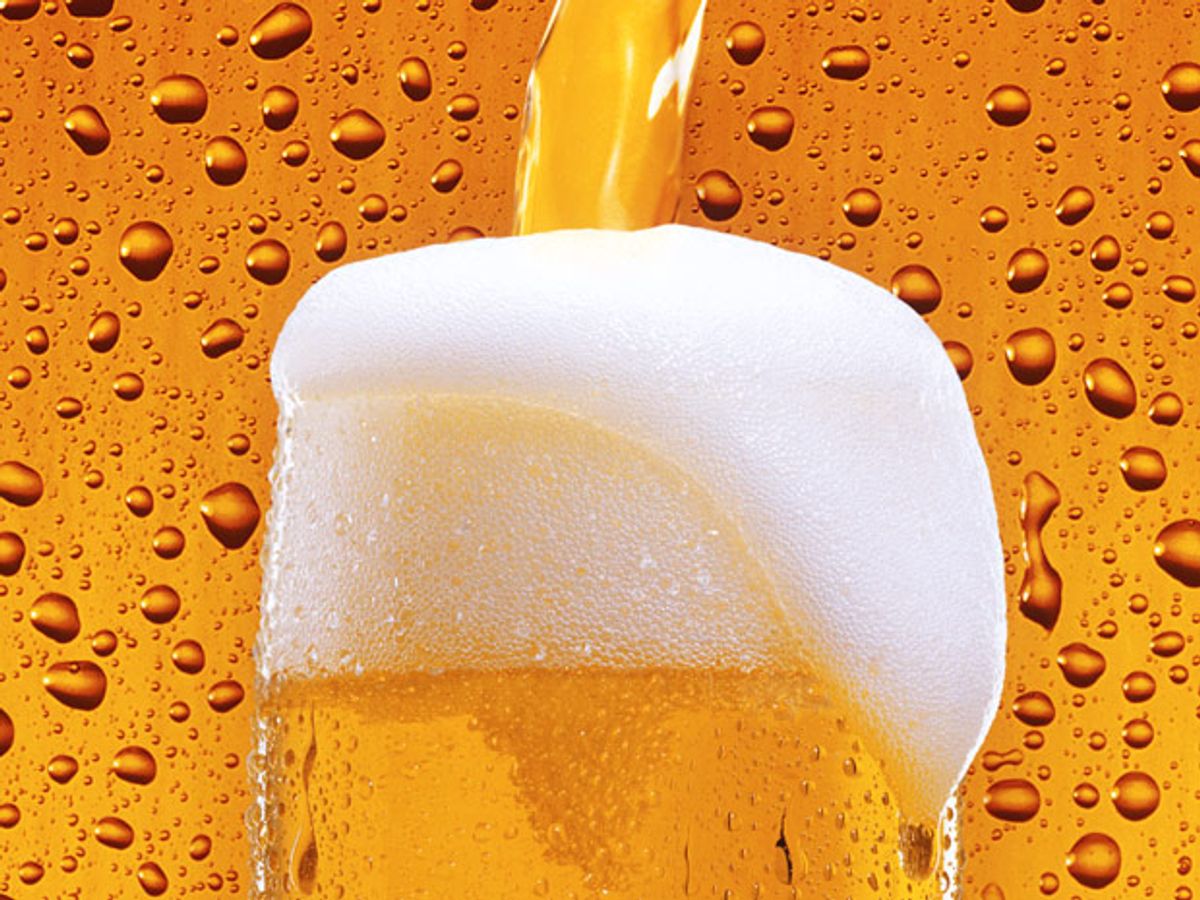When you drink alcohol, enzymes in your liver break it down into a series of byproducts, including carbon dioxide. A group of scientists in Austria are trying to run the process in reverse, using the same sort of enzymes to convert CO2 to alcohol and other products that can be used as fuel or as raw materials for the biochemical industry.
“We are trying to reduce the CO2 electrochemically,” Stefanie Schlager, a doctoral student at Johannes Kepler University, Linz, Austria, told a session at the Materials Research Society’s fall meeting in Boston last week.
A successful process to convert CO2 to alcohols such as methanol or butanol could help slow the introduction of greenhouse gases, which drive global climate change, into the atmosphere. Burning alcohol derived from CO2 would just put that carbon back into the atmosphere, but it might cut down on the amount of fossil fuels needed for energy and thus change the trajectory of atmospheric CO2 levels. It could also provide an alternative to petroleum as a feedstock for making other chemicals.
Schlager’s team used dehydrogenases, enzymes like those in the liver that help break down other molecules by adding oxygen to them. The team mixed the enzymes into a solution of alginic acid—a carbohydrate derived from algae—and silicates, which gelled into beads. They mixed that into a buffer solution in a flask, and added nicotinamide adenine dinucleotide hydrogenase (NADH), another enzyme that provides hydrogen and electrons to help the reaction along, then pumped CO2 through the mixture. In a three-step process, with each step using difference enzymes, the CO2 was broken down first to acids, then to aldehydes, and finally to alcohols.
The problem with this process, Schlager says, is that NADH is expensive, and gets oxidized during the reaction. To make it usable again requires pumping in so much energy that any environmental gain from recycling the CO2 is lost.
So the team developed an electrochemical reaction instead. Rather than using NADH, they built an electrode out of felt made from carbon fiber, then dipped it into the mixture with the beads. The felt acted as a sponge, soaking up beads to create an electrode coated with enzymes. Adding electricity resulted in a process that is not only repeatable, but can also generate complex alcohol molecules such as ethanol and butanol. Those alcohols can hold a relatively large amount of energy, making them useful as fuel.
“It is, in my opinion, a very convenient approach,” says Schlager. She says the most sensible way to generate the electricity to run the reaction is with a renewable source, such as solar energy. And in fact, it may be a way to store solar energy for those times when the sun’s not shining. Converting sunlight to electricity, and using that electricity to turn CO2 into fuel essentially means you’re packing the solar power away until you need it.
Neil Savage is a freelance science and technology writer based in Lowell, Mass., and a frequent contributor to IEEE Spectrum. His topics of interest include photonics, physics, computing, materials science, and semiconductors. His most recent article, “Tiny Satellites Could Distribute Quantum Keys,” describes an experiment in which cryptographic keys were distributed from satellites released from the International Space Station. He serves on the steering committee of New England Science Writers.



